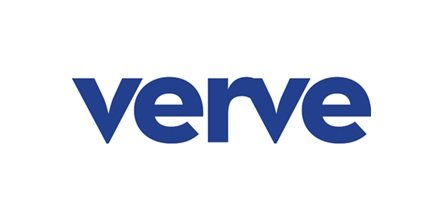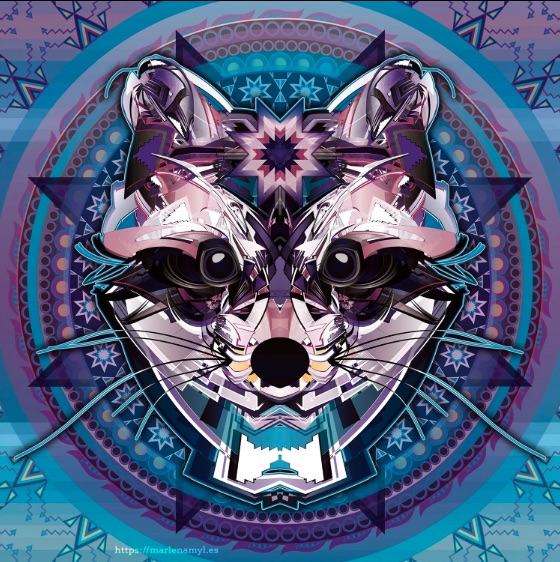Marlena Myles - Dakota Land Map
/If Marlena Myles (Spirit Lake Dakota, Mohegan, Muscogee Creek) were a math symbol, she would be a plus sign. An artist, illustrator, animator, entrepreneur, teacher, wanderer and mapmaker, Marlena’s work teems with language, metaphor, movement, crisp colors and history. Rooted in place, and reliant on technology, Marlena adds layer on layer to ignite new thinking and build community around stories that are integral to this land and people.
Marlena’s latest project, the Dakota Land Map, displays Dakota landmarks and symbols on a watercolor background that she says “tells the story of the past, present and future of Dakota people and Dakota language in the Twin Cities.” Outlines of both downtowns and the Mississippi River orient the viewer; the two light rail lines are represented, and illustrations denote placement of recognizable contemporary landmarks like the Mall of America, the Minneapolis Institute of Arts, and the Minnesota Zoo. Most notably, the map lists sites important to Dakota people and lists them by their Dakota names. Historic Dakota Villages and Sacred Sites are included, such as Heyate Otunwe (village to the side) at Bde Maka Ska and Bdote (where waters come together), the island at the confluence of the Mississippi and Minnesota Rivers. Lakes & Other Bodies of Water, as well as Burial Mounds are also depicted.
The primacy of Dakota language on Marlena’s map demonstrates the importance of the Dakota people to this place. Literally speaking, Minnesota would not exist without Dakota. The word “Minnesota” is derived from Mni Sota Makoce, the Dakota phrase for “land where the waters reflect the clouds.” Many cities and landmarks in the state are still known by Dakota names: Mendota, Minnetonka, Shakopee, Mankato, Wayzata, Itasca. But as the number of native Dakota language speakers dwindles, there is urgency in making the language accessible and familiar. “Dakota people are here – we have always been here,” says Marlena. “We need to talk more about that. I made a visual map so people can know these places and their names.” English is used only as a translation tool on the map’s key. “If you look at my art,” Marlena says, “you will know what is important to me.”
Marlena’s approach is consistent with indigenous ways, even though the work emanates in the digital world. She is proud of being one of the few Dakota women creating digital art in the Twin Cities today and proudly describes how innovative Dakota have always been: “As a people, we don’t erase, we add [to our ways],” she says, describing Dakota art and culture over time: “Horses? We added them. Beads, ribbons, we added them.”
That additive and adaptive attitude has served Marlena well. As a youngster, she studied music (becoming first chair flute) and first wanted to be a composer. But Marlena found fluidity, and had more fun, creating visual art rather than playing music. Early skill on her computer ignited her talent for translating forms into visual images. “I could always ‘see’ songs and chords,” she says. “I felt like when I was learning music, it was my brain translating. I had it backward: music is my hobby; art comes more easily.”
Her art speaks to new generations of viewers, and she challenges us to re-frame what we think we know about art. She shares her techniques and technology, and is introspective and open about her process. For Marlena, art is “historical and modern stuff. “Going forward,” she acknowledges, “we can still add to it.” And the Dakota language? “Our language isn’t done. We add to it all the time, we make up slang. I want kids to think about how they can advance our language: For example, ‘How would I describe a vacuum cleaner in Dakota’?” She advises students to take advantage of art and all opportunities before them. “People cannot buy intelligence,” she asserts. “You might not have the coolest backpack in class, but you can think.”
Marlena’s work has developed a diverse audience, and it constantly evolves. She is clear on her mission: “My job as an adult is to create maps and art and to convey story. The future of Dakota people is for us to build on what came before.” Her fantastic images, geometric designs and arresting colors depict Native characters as bold, visionary, and powerful, and she hopes to inspire others – especially young women – to innovate and narrate their own stories. “In high school, no one told me that art could have a real purpose, that art could be community engagement. I am creating a ‘Marlena Virus.’ I infect the kids, and they pass it along to other people. Find the hole in the firewall, that is the way in. People are systems, too, so you can hack them to improve the system. Kids are open-minded, they will go home and teach their parents.”
For more information: https://marlenamyl.es/
Photo credits: Tracy Nordstrom, Marlena Myles website






